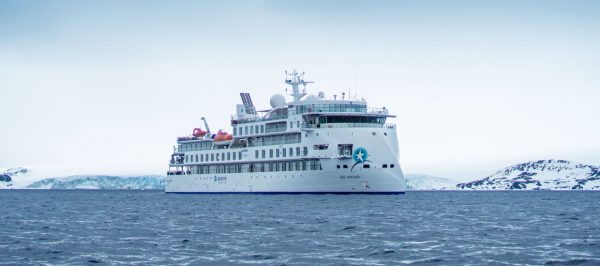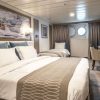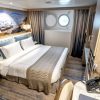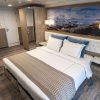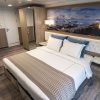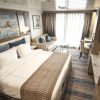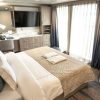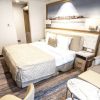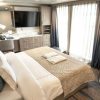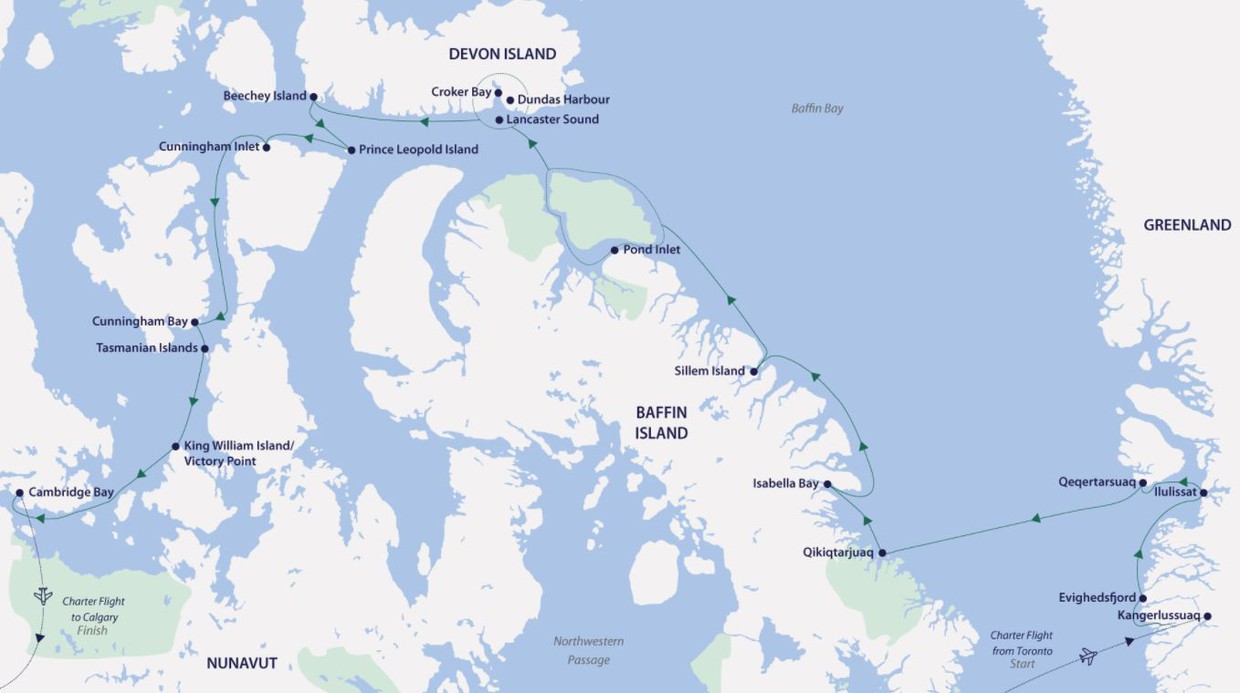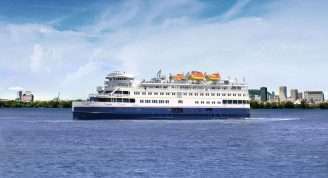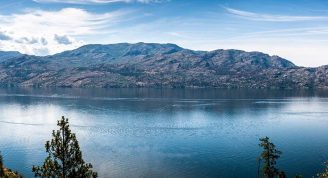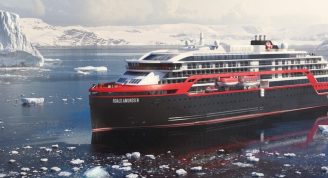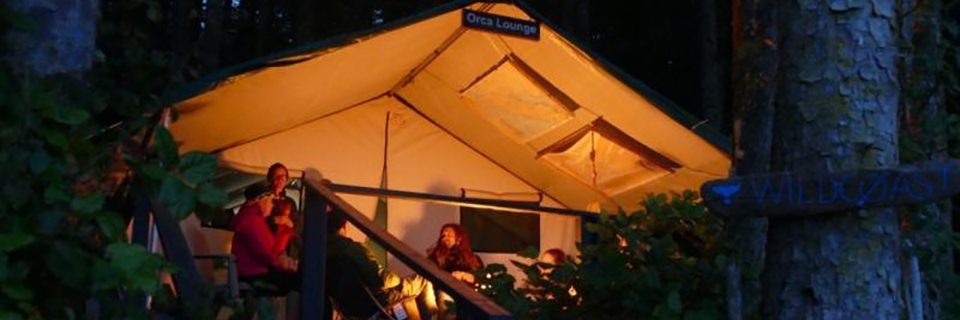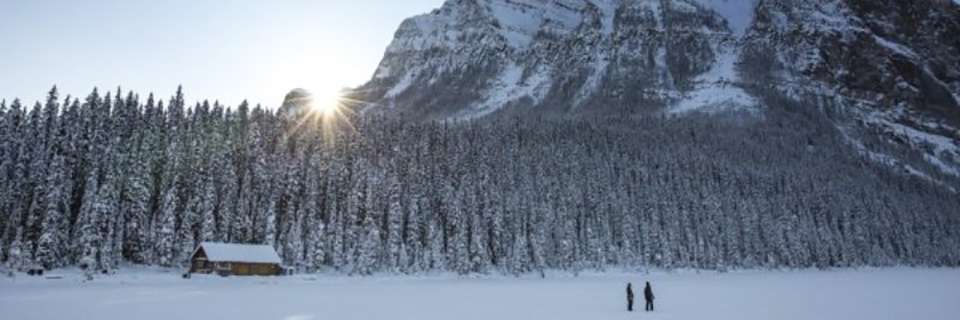Description
The icy and labyrinthine channels of the legendary Northwest Passage have enchanted explorers and adventurers for centuries. Get a glimpse into the world that captivated early explorers such as Franklin, Amundsen and Larsen by exploring a portion of the fabled Northwest Passage. Visit the final resting places of some of the heroic explorers to have ventured here and experience the archipelago of islands and channels that form Canada’s High Arctic region. Along the way, we hope to meet local indigenous people who call this remote wilderness home, and encounter enigmatic Arctic wildlife, including walrus, beluga whale, polar bear, musk ox and the elusive narwhal. Pack ice always threatens to halt our voyage through the passage, adding a compelling element of adventure that is integral to any genuine expedition.


